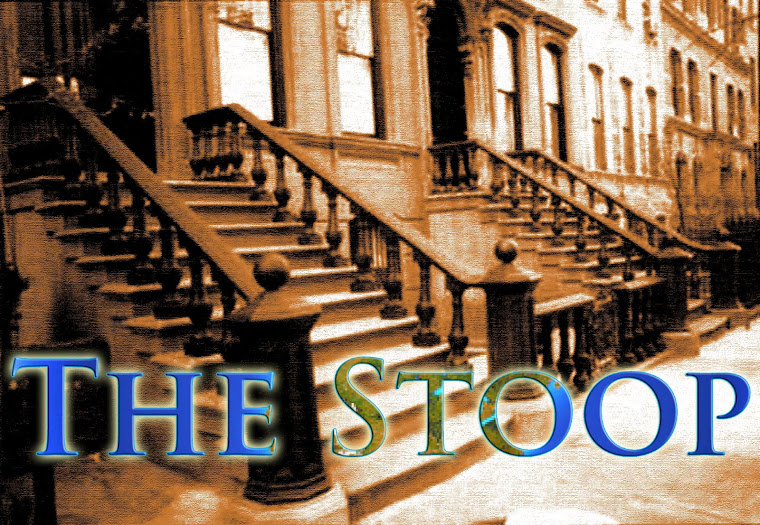Written by: Robert O'Connor
Edited by: Kate Kliner
Joboja Staff Writers
The “Twin Cities” of Minneapolis and St. Paul are twins in many senses of the word. They were founded around the same time (St. Paul is officially older by about ten years), they are located right next to each other, and the people look and sound alike although the accents portrayed in the movie Fargo are a slight exaggeration. But any native will tell you that differences abound between the two cities, and we can talk for days about their unique qualities (hopefully persuading you to agree that our city is better).
Now, I’m from St. Paul, the less flashy and less visited of the two cities. It sometimes seems like all the tourists who go to the Twin Cities drive less than a mile from the airport to the Mall of America and then go home. Minneapolis, to its credit, tries to attract visitors with tall, shiny buildings and a logical street system.
However, I strongly believe that there are many advantages to being a native to St. Paul, especially growing up as I did near a beautiful view of the Minneapolis skyline. It’s like living in a place like Hoboken, New Jersey, and seeing the New York skyline across the river. That inner romantic stirs in some people (especially when you’re a little kid) and you imagine yourself being successful over there.
Then you get a little older and gain a sense of how wide the world is, and focus these dreams on even bigger places. I’m quite certain that this doesn’t happen to Minneapolis kids. That’s the trouble with living in a world-class city; your immediate neighbors look at you in wonder, but you’ve got no one within eyeshot to wonder at.
To be fair, St. Paul occasionally looks for national recognition, to come out of Minneapolis’ shadow. The recently opened Xcel Energy Center is the home of the Minnesota Wild hockey team, giving the Twin Cities a hockey team for the first time since the North Stars left for Texas seven years before the Wild was inaugurated. The Xcel will also host the upcoming Republican National Convention in September.
But St. Paul is still wary of tourists, and its legendarily confusing road design has never been fixed. Minneapolis streets are numerical and alphabetical. St. Paul’s numbered streets change their names outside of downtown, some named streets change their names, and many are not straight lines. Jesse Ventura, when governor, famously said the streets were designed by a drunk Irishman (cheers) and, despite criticism, he had a point.
St. Paul also hosts the Winter Carnival celebrations each winter. The Carnival is an annual tradition that started because a New York Times reporter compared the Twin Cities in wintertime to Siberia and called it uninhabitable. So each year, St. Paul teaches that reporter a lesson and holds a celebration of winter each… well, winter. Snow sculptures and ice forts are common attractions, but every once in awhile organizers get ambitious and build a gigantic ice palace, the most recent one being built in 2004.
The myth of the origin of the carnival (the above story is factual) shows St. Paul’s scholarly bend, featuring Boreas of Greek mythology as the main character in establishing the carnival. King Boreas and each of the characters are nominated each year through their respective fraternal organizations, making it much more than just a popularity contest.
Minneapolis has its own festivals, events and quirks. This sister city has its own mobster-related and political history, and a few other peculiar facts that are deeply interesting and well worth a read. However, I’m not up to helping the other side and I have a certain measure of hometown pride, at least for the moment. When I’m safely away from home, I’ll write again about Minneapolis. But that’s another story for another time.
"God Bless the Dream, the Dreamer and the Result."
Wednesday, January 9, 2008
Constant togetherness is fine, but only for siamese twins
Subscribe to:
Post Comments (Atom)












No comments:
Post a Comment